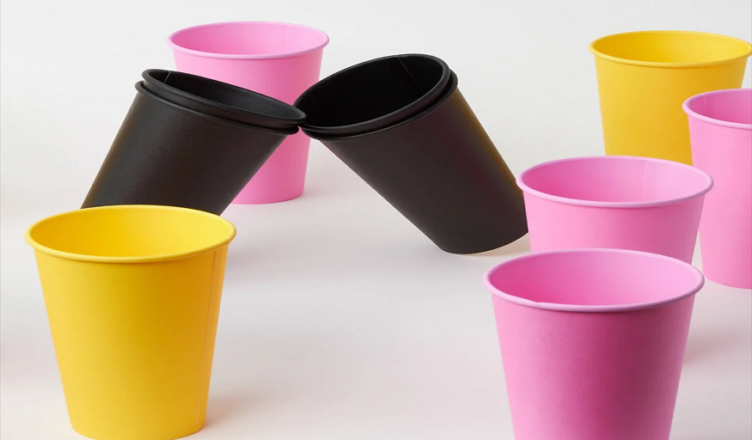The trend for eco-friendliness is growing, so more and more customers prefer to get their coffee in the most eco-friendly manner: if any coffee shop claims that not only they have a wide assortment of drinks, but their packaging have less environmental impact, for sure that coffee shop will have a surge in customer traffic.
One of the ways to reduce environmental impact is by using alternatives to traditional, petroleum-based plastics. It means that the packaging has to be made from renewable, compostable or biodegradable materials, with the aim of minimising landfill waste and pollution. For coffee cup lids several materials can be used:
Polylactic acid
PLA is a biodegradable and compostable plastic substitute made from fermented plant starches, typically derived from corn, sugarcane or cassava. It looks and functions similarly to traditional plastic, but breaks down under industrial composting conditions. PLA lids are popular because they are heat-resistant, lightweight and visually similar to conventional plastic lids. However, they must be composted in commercial facilities as they do not readily degrade in home compost or natural environments.
Paperboard with biodegradable coating
Some manufacturers, like Univest https://univest-pack.com/solutions-for/food-packaging-for-coffee-shops/, produce lids from paperboard — thick paper pressed into the desired shape — and coat them in biodegradable materials instead of plastic. These coatings are often water-based or made from natural resins. This combination makes the lids both sturdy and compostable. Paperboard lids are an excellent alternative for businesses looking to eliminate all petroleum-based materials from their packaging.
Bagasse
Bagasse is a by-product of sugarcane processing, specifically the fibrous pulp left over after juice extraction. It is moulded into sturdy, compostable products, including coffee cup lids. Bagasse lids have a natural appearance, are biodegradable and can withstand hot liquids. They can be fully composted in both home and industrial compost systems, making them an appealing choice for environmentally conscious consumers and businesses.
Molded fibre
The material is pressed into shape and is often used in sustainable packaging.
PHA
PHA (polyhydroxyalkanoates) is a relatively new bioplastic derived from the microbial fermentation of plant oils or sugars. It is both marine biodegradable and compostable, meaning it breaks down in aquatic environments too. Although more expensive than PLA, PHA lids are becoming increasingly popular due to their superior environmental performance.

